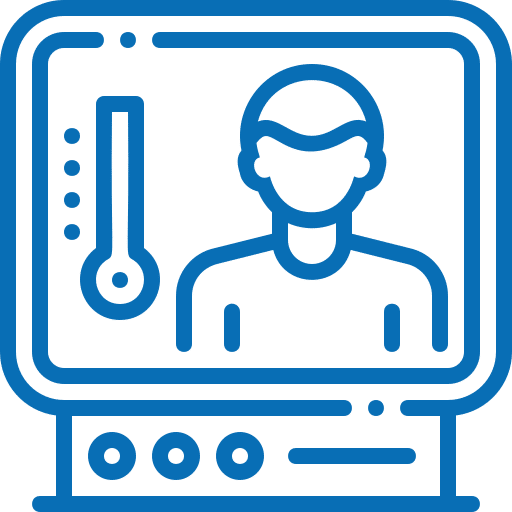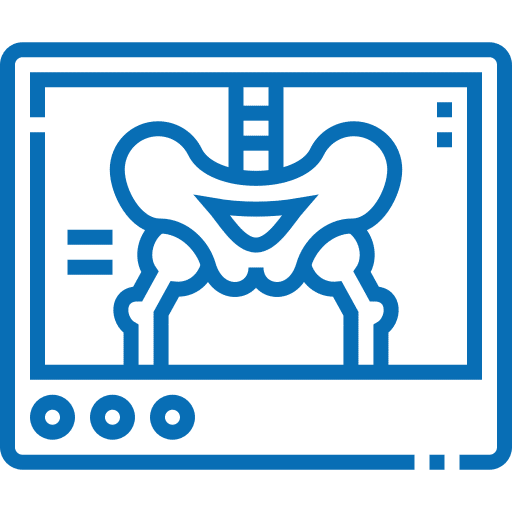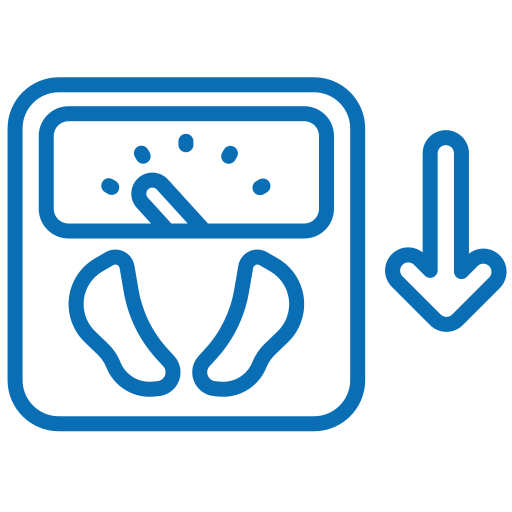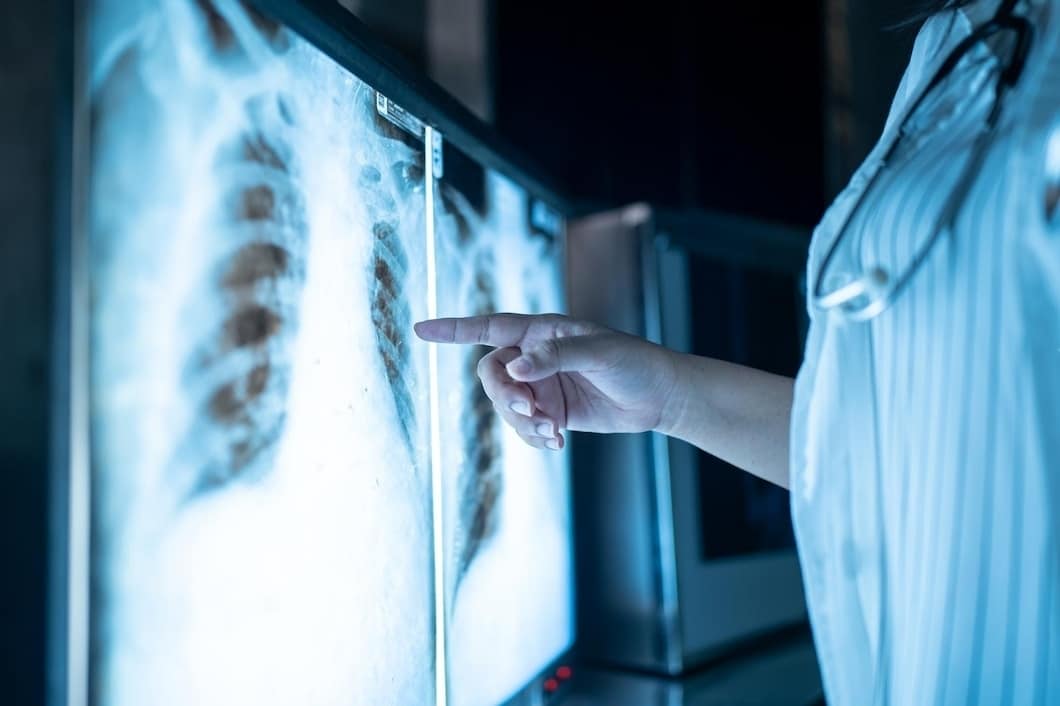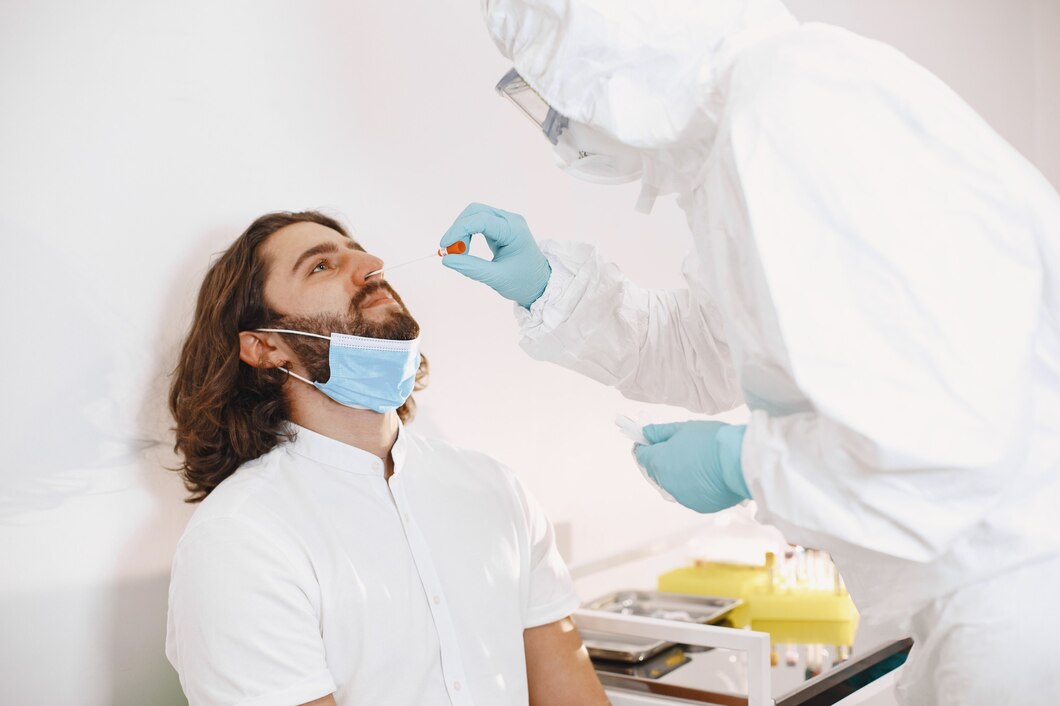A vendor’s first thought towards the use of diagnostic technology which is not only quick but also effective, can be X-rays. They provide doctors with the means to identify problems that would have, for lack of a better phrase, remained in the dark.
It is now possible to find hidden line fractures as well as surrounding areas with an infection, and even within such extreme cases, the level of bone density in a bone without any operations or procedures that are drastic. In this paper, I will address how the mechanisms function, identify ailments that they are revealing and provide explanation as to why the technology is so important in today’s health care systems politics.
In the case of patients coming to Absolute Urgent Care, the health care providers are able to make fast diagnosis by use of X-rays, which is one best way to examine regions of potential health problems, and hence target treatment more specifically with less chances for missing them.
What Are X-Rays and How Do They Work?
X-rays can be defined as a high energy object which is a form of electromagnetic radiation. When ionizing radiation is emitted through the body, it passes through soft tissue but will be absorbed and prevented from passing through denser structures like bone or organ thus, creating a picture of the internal parts of the body where the X rays emitting areas were easily accessed. Open or radiating parts such as muscles and fats appear dark in an x-ray picture while denser materials like bones appear bright.
As stated by many patients, it is a quick and comfortable experience where a person does not need to go through much movement. An x-ray examination requires a person to either stand or lie down based on the requirements of the concerned area. The technician places an x-ray sized machine on the body and within a few seconds the required images are formed which the medical professionals will later analyse.
Absolute Urgent Care uses fully ladies system that includes a modern digital x-ray system which provides excellent image quality with low radiation dose to the patient enabling both precision and safety to our patients.
Some of the Health Conditions X-Rays can Diagnose
When diagnosing various health ailments, injuries, and even cancers, X-rays are remarkably multifunctional and useful as they are able to treat headaches and deal with spine problems at the same time. There are some conditions that X-rays assist in identifying, such as:
One of the most common reasons people seek x-rays is to examine an extremity in order to diagnose a fracture or other injury. By determining the size and position of the fractures, the consultant can decide what treatment options to use on a patient. Treatment options may involve the use of a cast, surgical intervention or physical therapy procedures.
Dental Problems
Cavities, impacted teeth, or jawbone infections, which are not visible during the exam, can be caused by X-ray examinations. Such conditions would otherwise go undiagnosed, root canal therapies, fillings or extractions may be performed later, thus Xrays help in treatment planning for dentists. Once the treatment has been planned, about Dental ones do it the opposite way without complications.
X RAYS FOR LUNG DISEASES
Some X-ray chest findings can be predictive of respiratory diseases and abnormalities such as pneumonia, tuberculosis or even lung cancer which can assist in early diagnosis where there is fluid within the lungs. Identification of abnormal growths may also assist in diagnosis so as to prevent the problem from worsening.
Heart Troubles
Although X-rays are not routinely used to diagnose any heart condition by outweighing other facts, they may be helpful in forming additional diagnosis such as that of an enlarged heart or the presence of excess fluid around it and also provide further investigation via echocardiogram or MRI with respect to the issue in question.
Issues with the Digestive System
Abdominal X-rays are effective in providing aid when trying to determine whether a patient is suffering from any trouble in the digestive system such as blockage, perforation or any other abnormal growths which could help to clear the cause of some unexplainable pain that patients claim to have experienced in their belly. One of the X rays may actually help to identify where the pain is coming from.
Infections and Arthritis
Using x-ray images during diagnosis of patients enables physicians to detect infections such as osteomyelitis (bone infection) and arthritis among other bone infections as the alteration of the structure of bones or the altercation of the spaces between joints enables the physicians to isolate these diseases and suggest the appropriate treatment. Absolute Urgent Care employs x-rays for the controllers not only as diagnostic tools but process indicators – all aimed at ensuring that the patient’s recovery path is meaningful.
When Do X-Rays Come In Handy?
An x-ray may be suggested when further understanding of health concerns goes beyond the information that is derived from the physical examination alone, including but not limited to:
Right after an impact has occurred: An x-ray can be very helpful in evaluating whether there is any deep seated injury such as a fracture.
Chronic Pains: For widespread migrations of pain both moderate and mild that occurs in the lower back, chest or even abdominal regions, which x-ray might be necessary to rule out cancers, arthritis, lung-related conditions or other such diseases.
Unexplainable or unclassifiable symptoms: Cycles of bad coughing, an inability to take deep breaths and pain which radiates to thoracic and cervical areas during swallowing may be effectively underlying diseases that X-Ray might help further investigations.
At Absolute Urgent Care: our physicians discuss with their patients their symptoms and past medical history, in order to decide whether an X ray would be necessary as one of the steps to the early detection of possible health complications. The objective is to detect them at their infancy stage whereby they might be easy to handle and in this case avoid them escalating into something worse. 4. What Happens during an X-Ray?
Obtaining an x-ray is easy and is a simple procedure; expect this when attending a meeting with your doctor for an x-ray:
Preparation For an X-Ray appointment, one is usually required to take off any clothing or jewelry that may obstruct the view of the targeted area. If an X-Ray is required, you may also be provided with a lead apron to shield you from excessive radiation exposure.
Positioning
The patient’s position for the X-ray scan should be one that is appropriate for the area to be scanned, it could be sitting, standing or lying down. At certain points the technician may instruct you to briefly hold your breath so that there is less movement, which may result in less sharp images and create noise in the final images.
Taking the X-Ray
An X-ray machine images the area of interest in a matter of seconds using low levels of radiation; an x-ray however takes a number of images from different angles and may require repositioning for the next shot.
Results
More often than not, the radiography department will give you results for your X-Ray procedure within no time. Your physician will evaluate the outcome and either explain the results at that moment or during the next visit. For today, there is no worrying over X-Ray results. As a matter of fact, how can any patient worry about a policy of Absolute Urgent Care to give all X-Ray results and follow-up care strategies?
Are X-Rays safe?
Rays are considered unhealthful because many have a fear of exposing their body to x-ray machines. Yes, x-rays are available in some specific areas and a great amount of radiation is available for few seconds. This great extent of use is believed to be safe for the general population. In addition, newer machines direct radiation only to the area under examination.
However, special types of shields must be used to cover the abdomen of the baby before an x-ray examination is performed. Something useful to know in these situations is that whenever possible, other types of imaging such as ultrasound come in handy.
The patient’s safety is the goal of Absolute Urgent Care. This facility incorporates modern x-ray equipment, which uses less radiation but provides quality diagnostic images.
Counting X-Rays Technique – A Solution in Early Detection.
X-rays have proved valuable not just as imaging devices but for diagnosis as well. Here are a few of the benefits:
Halt Disease Development.
Certain ailments particularly cancer or cardiac disease are referred to be late stage disorders on account of their inability to present noticeable signs and symptoms. Patients who might otherwise remain undetected due to symptoms now have a chance thanks to X-ray imaging technology.
Correct Diagnosis For Appropriate Treatment.
It is impossible to create a robust% treatment plan if a correct diagnosis is not established and owing to the use of X-rays, that is never an issue as doctors have all the information they need to make decisions regarding surgery, medication or physical therapy.
X-rays for assessment of healing.
Recovering health problems? X-rays may assist in the treatment process since they can also follow the evolution of the healing process! For example, after suffering a bone fracture, X-ray images taken afterward may confirm whether healing has occurred correctly or if any further therapy is required.
Routine X-rays. The utilization of x-rays, which help doctor’s detect underlying diseases that may not have revealed itself, cannot be overemphasized. Whether it’s in the diagnosis of melancholic or disease symptoms, x-ray remains a non-invasive yet cost effective diagnostic tool.



